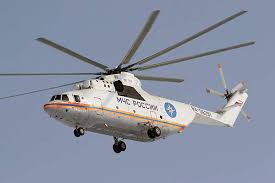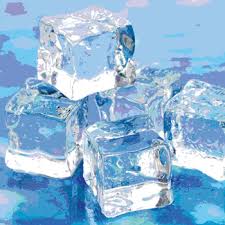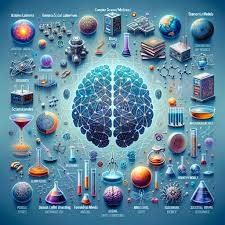Se-tenant: Antarctic Drift of "Mikhail Somov" (Soviet Union, USSR 1986)
Antarctic Drift of "Mikhail Somov" (Soviet Union, USSR 1986)
10 October (Soviet Union, USSR ) within release Antarctic Drift of "Mikhail Somov" goes into circulation Se-tenant Antarctic Drift of "Mikhail Somov" face value 15 Russian kopek
| Se-tenant Antarctic Drift of "Mikhail Somov" in catalogues | |
|---|---|
| Michel: | Mi: SU 5646-5647 |
| Stamp Number: | Sn: SU 5497a |
Se-tenant is horizontal format.
Also in the issue Antarctic Drift of "Mikhail Somov":
- Stamp - Mikhail Somov face value 50;
- Se-tenant - Antarctic Drift of "Mikhail Somov" face value 15;
- Stamp - "Mikhail Somov" Drift in Antarctic Ice - Overprint face value 4;
- Stamp - "Mikhail Somov" Drift in Antarctic Ice - Overprint face value 4;
- Stamp - "Mikhail Somov" Drift in Antarctic Ice - Overprint face value 4;
- Stamp - "Mikhail Somov" Drift in Antarctic Ice - Overprint face value 4;
- Stamp - "Mikhail Somov" Drift in Antarctic Ice - Overprint face value 4;
- Stamp - "Mikhail Somov" Drift in Antarctic Ice - Overprint face value 4;
- Stamp - "Mikhail Somov" Drift in Antarctic Ice - Overprint face value 4;
- Stamp - "Mikhail Somov" Drift in Antarctic Ice - Overprint face value 4;
- Stamp - "Mikhail Somov" Drift in Antarctic Ice - Overprint face value 4;
- Stamp - "Mikhail Somov" Drift in Antarctic Ice - Overprint face value 4;
Se-tenant Antarctic Drift of "Mikhail Somov" it reflects the thematic directions:
A helicopter is a type of rotorcraft in which lift and thrust are supplied by horizontally spinning rotors. This allows the helicopter to take off and land vertically, to hover, and to fly forward, backward and laterally. These attributes allow helicopters to be used in congested or isolated areas where fixed-wing aircraft and many forms of short take-off and landing (STOL) or short take-off and vertical landing (STOVL) aircraft cannot perform without a runway.
Ice is water that is frozen into a solid state, typically forming at or below temperatures of 0 °C, 32 °F, or 273.15 K. As a naturally occurring crystalline inorganic solid with an ordered structure, ice is considered to be a mineral. Depending on the presence of impurities such as particles of soil or bubbles of air, it can appear transparent or a more or less opaque bluish-white color.
A map is a symbolic depiction emphasizing relationships between elements of some space, such as objects, regions, or themes. Many maps are static, fixed to paper or some other durable medium, while others are dynamic or interactive. Although most commonly used to depict geography, maps may represent any space, real or imagined, without regard to context or scale, such as in brain mapping, DNA mapping, or computer network topology mapping. The space being mapped may be two dimensional, such as the surface of the earth, three dimensional, such as the interior of the earth, or even more abstract spaces of any dimension, such as arise in modeling phenomena having many independent variables. Although the earliest maps known are of the heavens, geographic maps of territory have a very long tradition and exist from ancient times. The word "map" comes from the medieval Latin Mappa mundi, wherein mappa meant napkin or cloth and mundi the world. Thus, "map" became the shortened term referring to a two-dimensional representation of the surface of the world.
Science is a systematic discipline that builds and organises knowledge in the form of testable hypotheses and predictions about the universe.Modern science is typically divided into two or three major branches: the natural sciences (e.g., physics, chemistry, and biology), which study the physical world; and the behavioural sciences (e.g., economics, psychology, and sociology), which study individuals and societies.The formal sciences (e.g., logic, mathematics, and theoretical computer science), which study formal systems governed by axioms and rules, are sometimes described as being sciences as well; however, they are often regarded as a separate field because they rely on deductive reasoning instead of the scientific method or empirical evidence as their main methodology. Applied sciences are disciplines that use scientific knowledge for practical purposes, such as engineering and medicine
A ship is a large watercraft that travels the world's oceans and other sufficiently deep waterways, carrying passengers or goods, or in support of specialized missions, such as defense, research and fishing. Historically, a "ship" was a sailing vessel with at least three square-rigged masts and a full bowsprit. Ships are generally distinguished from boats, based on size, shape and load capacity.





